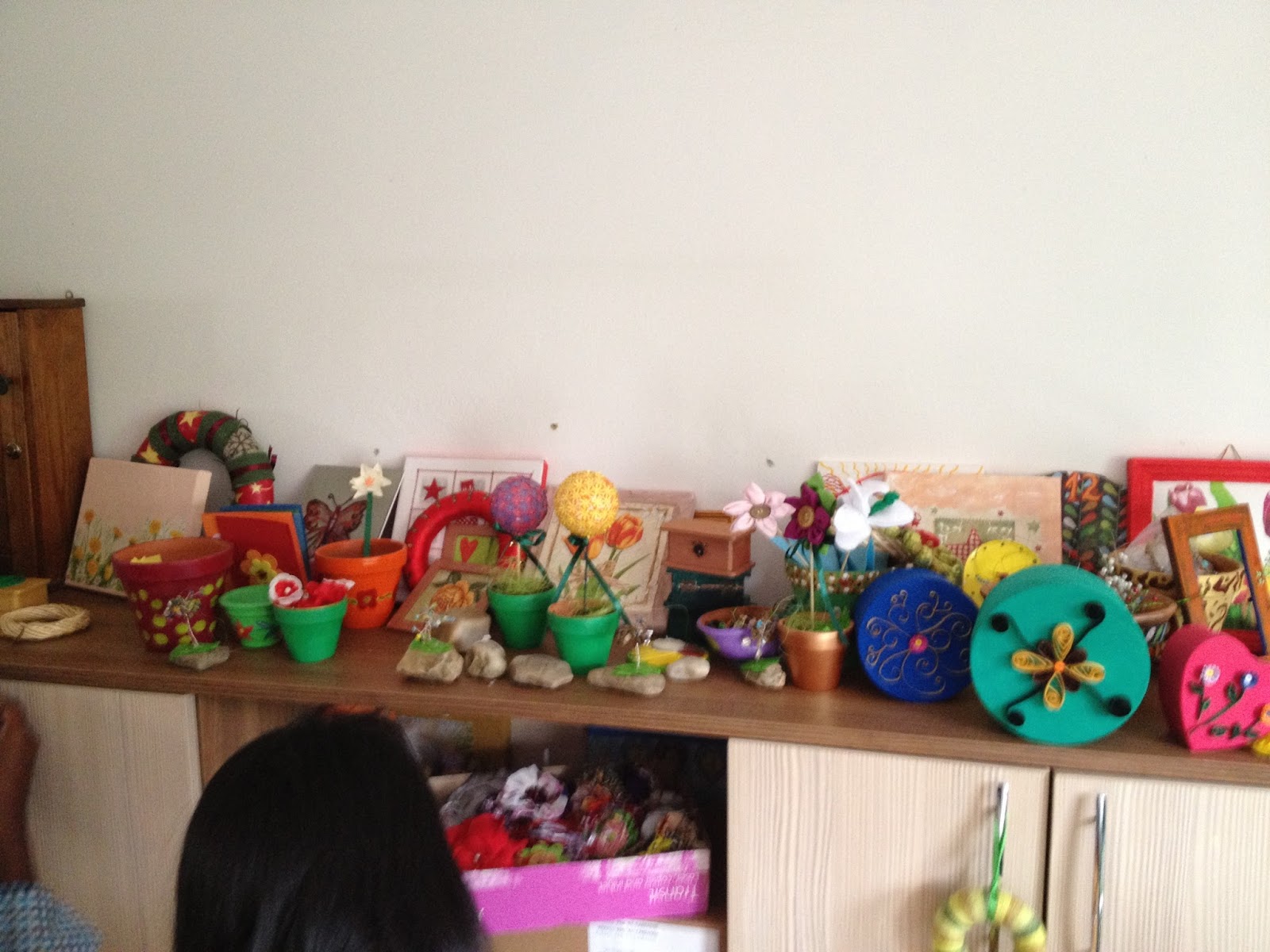Final Post
The last few days in Romania I was sick. Unfortunately, I was unable to go to one of the children group homes. Which was something I had been really looking forward too. My friend was able to go so she told me about it. She said that it was typical normal looking house. She said there was about 5 children living there (Don’t remember exactly what she said). The house was clean and well kept. My friend was surprised that the children had their own room and toys. She said one little girl took an interest in her. The little girl made all of us hearts out of construction paper. I saw pictures of the children after. I really wish I could have been there.
On my last day there we went to a Roma camp called, Dallas. It is a smaller camp that is located near Patarat. We were unable to go to Patarat because it is not safe. The man that we met at the Dallas camp was sort of leader of the Roma people. His name was Burt. His story really inspired me and it is what I will write about. Burt came to Romania with his wife 15 years ago on a mission trip. Him and his wife are from Holland. While in Romania they worked closely with the Roma people. After going home to Holland after a few weeks in Romania he realized something was different. He said he kept having a feeling that he needed to go back to Romania. For 2 months he did not say anything to anyone. Than one day his wife came to him and said they needed to go back to Romania. So they went back and haven’t left. They began working with the organization ProRoma. They are now accepted in the Roma community and do everything they can for the people. Recently, they built a meeting house with two classrooms, a bathroom with showers and a meeting room. The bathroom gives the children a chance to shower before going to class. Burt said that he does everything he can for these people. This may include being an advocate, speaker, construction worker, preacher and leader.
As we pulled up to the camp site I was able to capture a few pictures from sitting inside the cab. You are not allowed to take pictures while there which is completely understandable. Burt described it as your doing your laundry on your front lawn and people are taking pictures of you. This is a persons home. The best way for me to describe what I saw was it was kind of like the slums from the movie Slumdog Millionaire but it was more rural and not as bad. The ground was really muddy and parts were covered in trash. The air smelled of garbage and poop. The homes looked like metal sheds. There were lots of children running around and they were very excited to see us. All of the people we passed said hello to us. This was nice since we were outsiders. We all tried to be respectful while visiting but the hardest part for me was seeing the children. Some of the children were really dirty and had barely any clothes on. We were unable to stay very long but we had a chance to play catch with this one boy. We also met this really old lady that kept saying, “Please don’t forget to bury me.” Burt said that this lady repeats it everyday because she thinks shes gonna die. He said she was hit by horse buggy last year and is still kicking it. He said nothing is going to kill her.
This day had the most impact on me. It was a short time but it was so inspiring. Everything I saw was nothing I had ever seen before. It is crazy to think about all that Burt and his wife have done. It only takes one person to make a difference. Hopefully as a group we will be able to raise money to build a new house at the Dallas camp. I think back on my trip to Romania and it is so much to reflect on. It went by so fast and it is hard to believe that it even happened. I wanted my journal and final post to be more intuitive and thoughtful. But every time I think back on Romania I think of all of it at once. It seems to be very overwhelming. I have learned and experienced more than I expected. This was a trip I will never forget. I cannot wait to go on another international volunteer trip. I hope my next one will be more hands on though.
Thank you to everyone that supported me through this trip. I cannot express how much I appreciate all of the donations.



















































